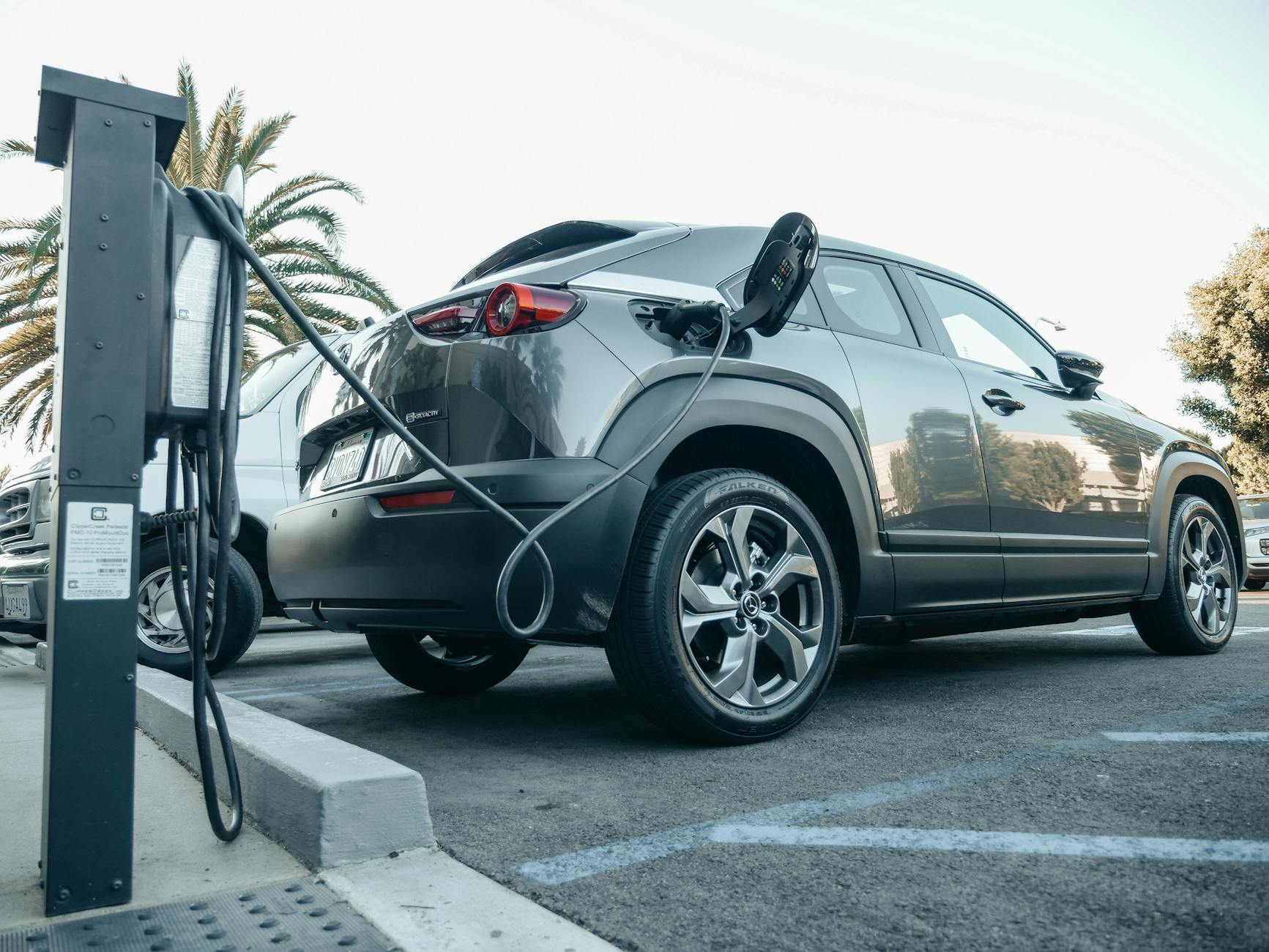Picture this: You’re on a road trip in your sleek new electric vehicle, cruising down the open highway with the wind in your hair. Suddenly, a dreaded notification pops up – low battery. 😱 Panic sets in as you frantically search for the nearest charging station. Sound familiar?
For many EV owners across the USA, this scenario isn’t just a hypothetical – it’s a real concern. As the electric vehicle revolution gains momentum, one question looms large: Are there enough charging stations to support this growing fleet of eco-friendly cars? 🚗⚡
In this post, we’ll dive deep into the world of EV charging station availability in the USA. From the current state of infrastructure to finding and accessing stations, we’ll explore the factors affecting availability, challenges in deployment, and exciting plans for future expansion. Buckle up as we embark on an electrifying journey through America’s charging landscape!
Current State of EV Charging Infrastructure in the USA
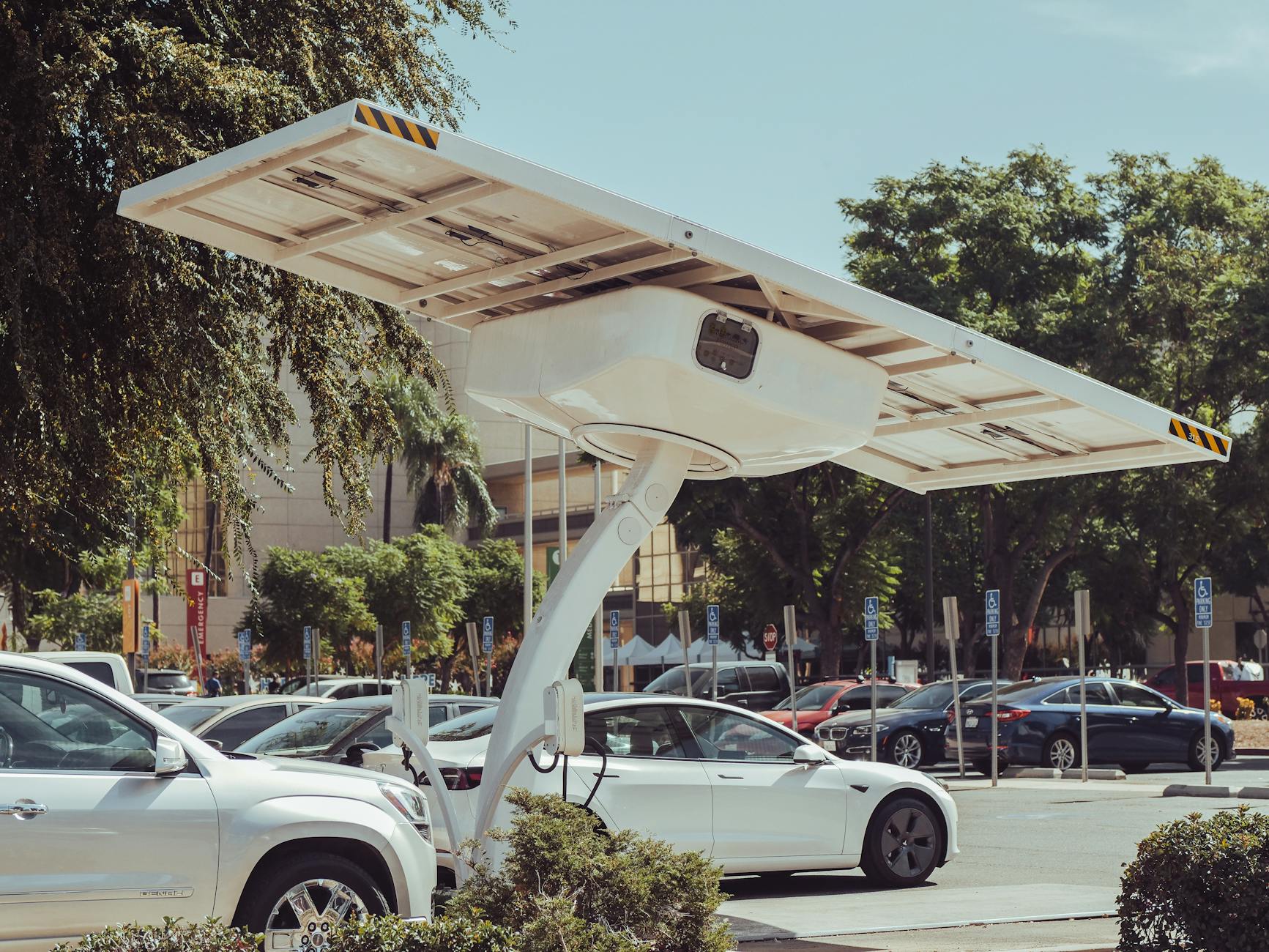
A. Number of charging stations nationwide
As of 2023, the United States has made significant strides in expanding its electric vehicle (EV) charging infrastructure. According to the U.S. Department of Energy, there are currently over 50,000 public EV charging stations across the country, with more than 130,000 individual charging ports. This number represents a substantial increase from just a few years ago, reflecting the growing demand for electric vehicles and the commitment to sustainable transportation.
B. Distribution across states and regions
The distribution of EV charging stations varies significantly across different states and regions in the USA. Unsurprisingly, states with higher EV adoption rates tend to have a more extensive charging infrastructure. Here’s a breakdown of the top 5 states with the most EV charging stations:
| Rank | State | Number of Charging Stations |
|---|---|---|
| 1 | California | 14,000+ |
| 2 | New York | 3,000+ |
| 3 | Florida | 2,500+ |
| 4 | Texas | 2,000+ |
| 5 | Washington | 1,500+ |
While coastal states generally have a higher concentration of charging stations, efforts are being made to improve coverage in the Midwest and rural areas to ensure a more even distribution nationwide.
C. Types of charging stations available
EV charging stations are categorized into three main types, each offering different charging speeds and capabilities:
- Level 1 Charging:
- Slowest charging option
- Uses standard 120V household outlet
- Typically adds 3-5 miles of range per hour
- Level 2 Charging:
- Most common type for public charging stations
- Uses 240V outlet
- Adds 10-60 miles of range per hour
- DC Fast Charging:
- Fastest charging option
- Can charge up to 80% of battery capacity in 20-30 minutes
- Ideal for long-distance travel and quick top-ups
D. Major charging network providers
Several companies have emerged as major players in the EV charging network landscape. The top providers include:
- Tesla Supercharger Network:
- Exclusive to Tesla vehicles
- Over 1,500 stations nationwide
- Known for high-speed charging and strategic locations
- ChargePoint:
- Largest open EV charging network in the US
- Offers both Level 2 and DC Fast charging options
- Partnerships with businesses and municipalities
- Electrify America:
- Rapidly expanding network
- Focus on ultra-fast DC charging
- Part of Volkswagen’s emissions scandal settlement
- EVgo:
- Specializes in DC Fast charging
- Partnerships with major automakers
- Emphasis on renewable energy sources
- Blink:
- Offers both residential and commercial charging solutions
- Expanding network of Level 2 and DC Fast chargers
These providers are continuously expanding their networks and improving their technologies to meet the growing demand for EV charging infrastructure across the United States.
Finding and Accessing EV Charging Stations
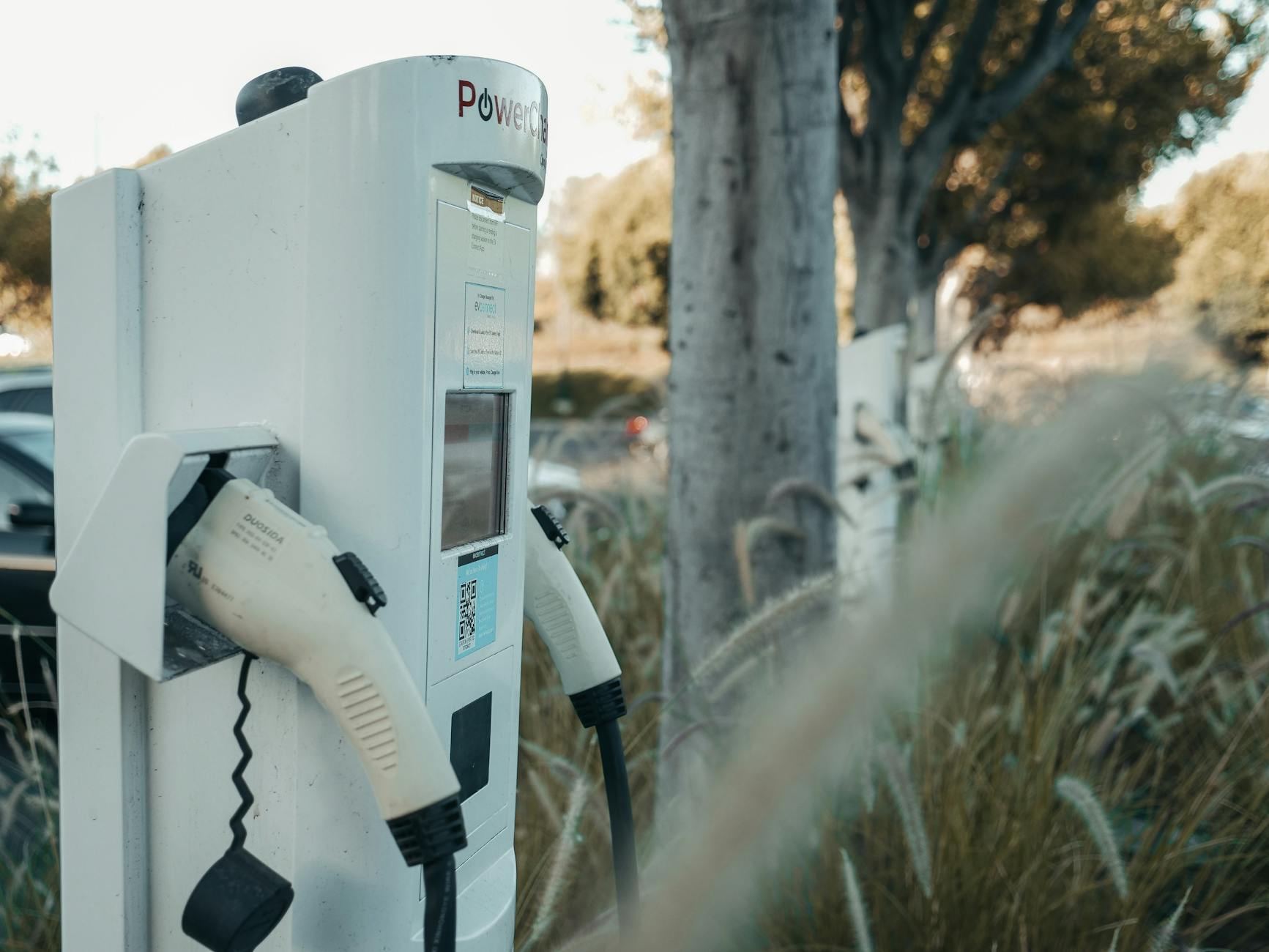
Mobile apps and websites for locating stations
Finding an EV charging station has never been easier, thanks to a variety of mobile apps and websites designed specifically for this purpose. These digital tools have become indispensable for electric vehicle owners, offering real-time information and user-friendly interfaces.
Some popular apps and websites include:
- PlugShare
- ChargePoint
- EVgo
- Electrify America
- Tesla Supercharger Network (for Tesla vehicles)
These platforms typically offer the following features:
- Real-time availability status
- Detailed station information (connector types, charging speeds)
- User reviews and ratings
- Filtering options (by charging speed, network, or amenities)
- Route planning with charging stops
| App/Website | Key Features | Supported Networks |
|---|---|---|
| PlugShare | Comprehensive database, user reviews | Multiple networks |
| ChargePoint | Reservation system, payment integration | ChargePoint network |
| EVgo | Fast charging focus, rewards program | EVgo network |
| Electrify America | High-power charging, real-time updates | Electrify America network |
| Tesla Supercharger | Exclusive to Tesla, trip planner | Tesla Supercharger network |
Navigation systems with built-in charging station information
Many modern electric vehicles come equipped with advanced navigation systems that include built-in charging station information. These integrated systems offer seamless route planning and real-time updates, making long-distance travel in an EV more convenient than ever.
Key features of these built-in systems often include:
- Automatic route planning with optimal charging stops
- Real-time updates on station availability
- Integration with the vehicle’s battery management system
- Estimated charging times based on current battery level and destination
Membership programs and payment options
To streamline the charging process and offer additional benefits, many charging networks have introduced membership programs and various payment options. These programs often provide:
- Discounted charging rates
- Priority access to stations
- Simplified payment processes
- Rewards and loyalty points
Payment options typically include:
- Mobile app payments
- RFID cards
- Credit/debit card payments at the station
- Subscription-based plans
Reservation systems for popular charging locations
As EV adoption increases, some charging networks have implemented reservation systems for their most popular locations. These systems help manage demand and ensure availability for drivers who plan ahead.
Benefits of reservation systems include:
- Guaranteed charging slot at busy locations
- Reduced wait times and stress during road trips
- Better utilization of charging infrastructure
However, it’s important to note that not all networks offer reservation capabilities, and availability may vary by location and time of day.
With these tools and systems in place, finding and accessing EV charging stations has become increasingly convenient for electric vehicle owners across the USA. As the charging infrastructure continues to expand, we can expect even more innovative solutions to enhance the EV charging experience.
Factors Affecting Charging Station Availability
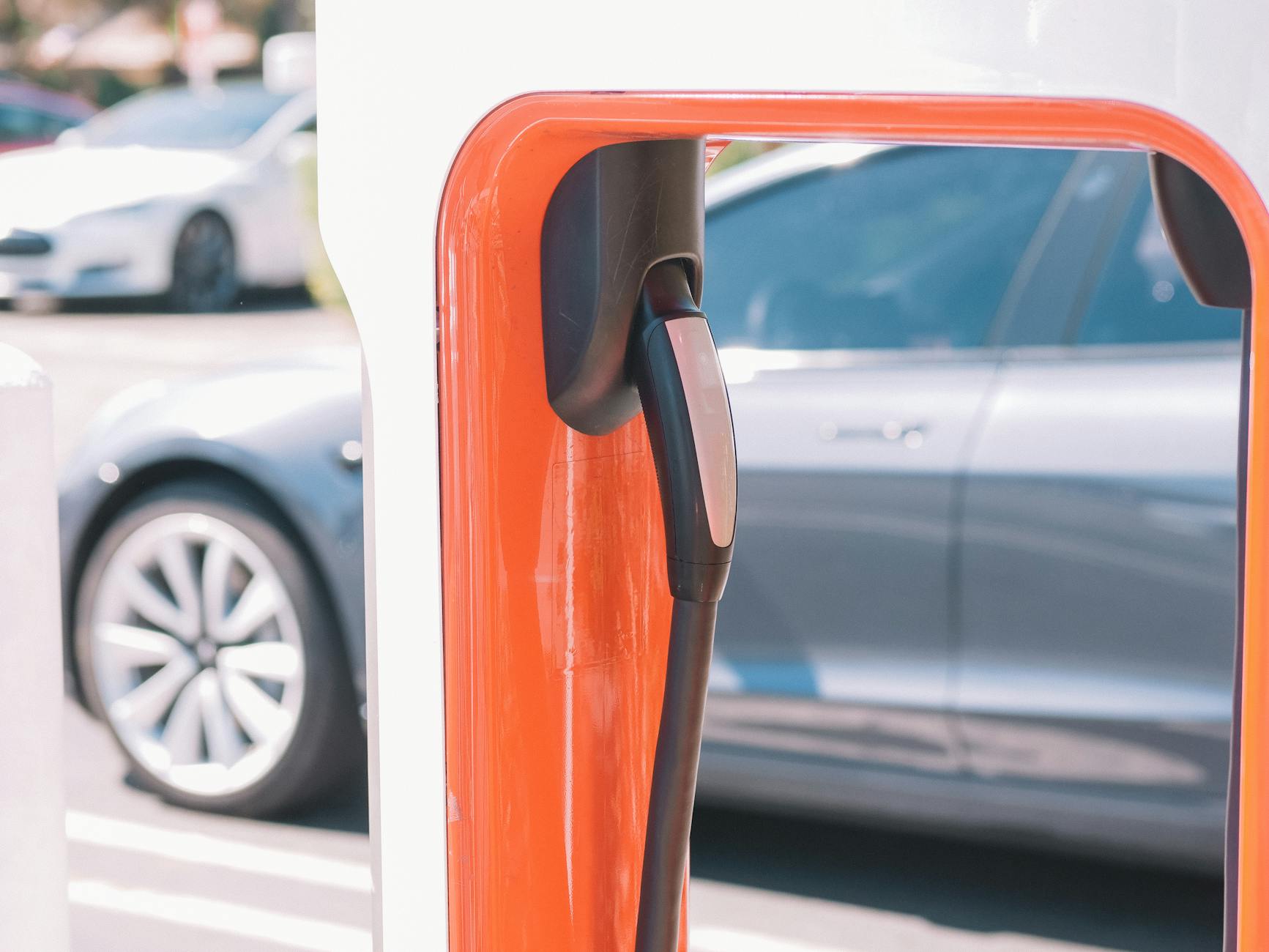
Population density and EV adoption rates
The availability of EV charging stations is closely tied to population density and EV adoption rates. Areas with higher population concentrations and greater EV ownership tend to have more charging stations. This correlation is driven by:
- Increased demand for charging infrastructure
- Higher potential return on investment for station operators
- Greater visibility and awareness of EVs in densely populated areas
| Factor | Impact on Charging Station Availability |
|---|---|
| High population density | More charging stations |
| Low population density | Fewer charging stations |
| High EV adoption rate | Increased infrastructure investment |
| Low EV adoption rate | Limited charging options |
Government initiatives and incentives
Government support plays a crucial role in promoting EV charging station availability:
- Federal tax credits for charging station installation
- State-level grants and rebates for infrastructure development
- Local zoning regulations favoring EV charging stations
- Public-private partnerships to expand charging networks
These initiatives help offset installation costs and encourage businesses to invest in charging infrastructure, leading to increased availability across the country.
Private sector investments
Private companies are instrumental in expanding charging station networks:
- Automakers: Investing in proprietary charging networks
- Charging station operators: Deploying and managing stations
- Retail businesses: Installing chargers to attract EV-driving customers
- Workplace charging programs: Companies offering charging for employees
The private sector’s involvement is crucial for creating a robust and widespread charging infrastructure, complementing government efforts and addressing market demands.
Urban vs. rural accessibility
A significant disparity exists between urban and rural areas in terms of charging station availability:
Urban areas:
- Higher concentration of charging stations
- More diverse types of chargers (Level 2, DC Fast Charging)
- Shorter distances between stations
Rural areas:
- Limited charging options
- Longer distances between stations
- Fewer fast-charging capabilities
| Aspect | Urban Areas | Rural Areas |
|---|---|---|
| Station density | High | Low |
| Charger types | Diverse | Limited |
| Inter-station distance | Short | Long |
Addressing this urban-rural divide is crucial for widespread EV adoption and ensuring equitable access to charging infrastructure across the country. As we move forward, it’s essential to consider the challenges in EV charging station deployment that arise from these factors and how they impact the overall availability of charging options for electric vehicle owners.
Challenges in EV Charging Station Deployment
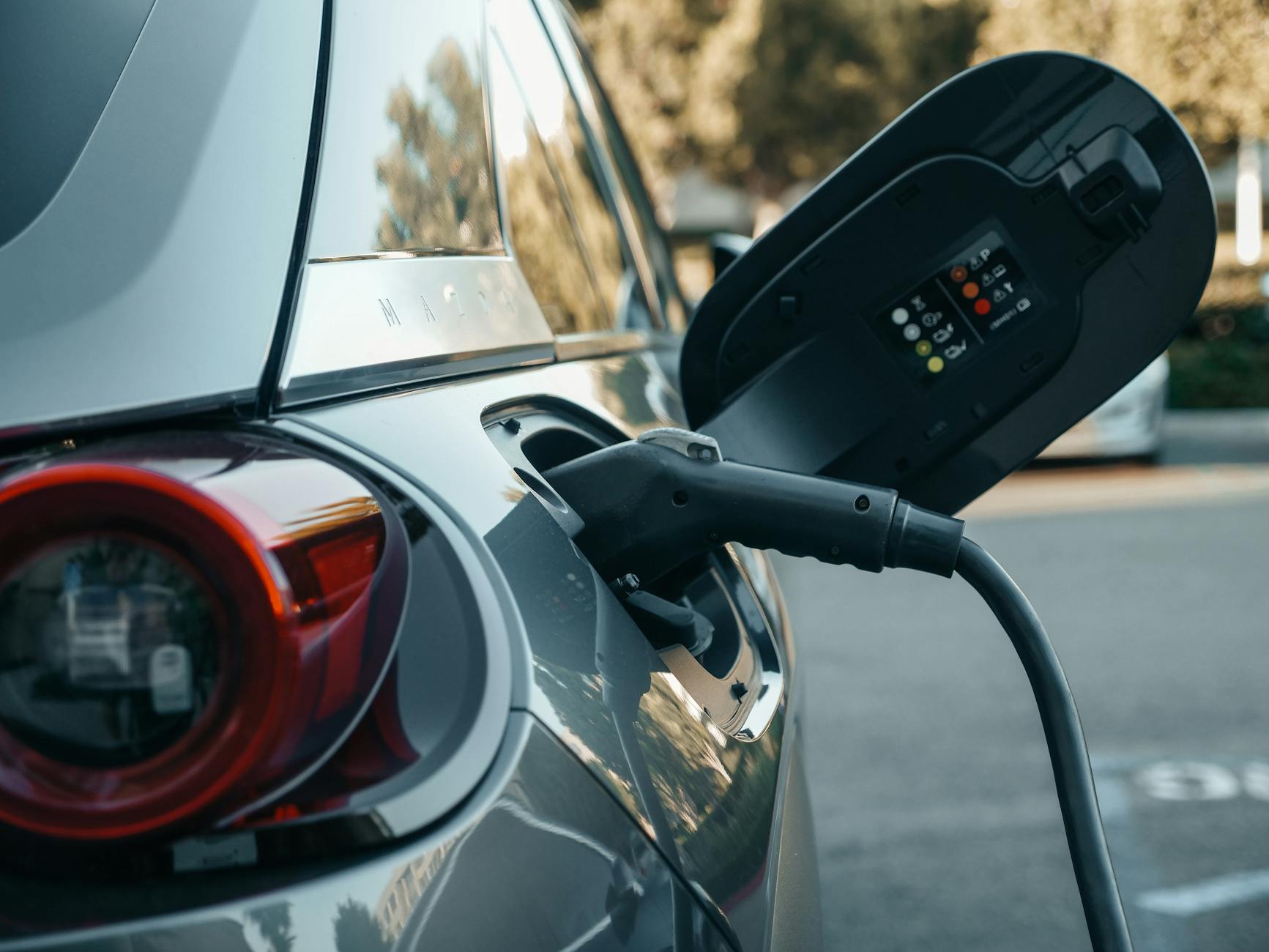
Installation costs and funding
The deployment of EV charging stations faces significant financial hurdles, primarily due to high installation costs and the need for substantial funding. Let’s break down the key factors contributing to these challenges:
Cost Breakdown
| Component | Estimated Cost Range |
|---|---|
| Hardware | $2,500 – $35,000 |
| Installation | $1,000 – $50,000 |
| Permitting | $100 – $1,000 |
| Grid Connection | $10,000 – $100,000+ |
The wide range in costs reflects the variability between different types of chargers (Level 2 vs. DC Fast Chargers) and site-specific factors.
Funding Sources
To address these high costs, various funding sources are being explored:
- Government grants and incentives
- Private investments
- Public-private partnerships
- Utility company programs
- Corporate sponsorships
Despite these options, securing adequate funding remains a significant challenge, especially for smaller municipalities and businesses.
Grid capacity and infrastructure upgrades
As the number of EVs on the road increases, the demand for electricity to power charging stations is growing exponentially. This surge in demand presents several challenges:
- Strain on existing electrical grids
- Need for substantial infrastructure upgrades
- Potential for localized power outages during peak charging times
- Balancing charging loads with other electrical demands
To address these issues, utilities and city planners must work together to:
- Assess current grid capacity
- Plan for strategic infrastructure upgrades
- Implement smart charging technologies
- Explore energy storage solutions
Land availability and zoning regulations
Finding suitable locations for EV charging stations is another significant challenge. Key considerations include:
- Proximity to high-traffic areas and major routes
- Adequate parking space
- Accessibility for all types of vehicles
- Compliance with local zoning laws and regulations
Zoning regulations can be particularly problematic, as many existing laws were not designed with EV charging infrastructure in mind. This often leads to:
- Lengthy approval processes
- Restrictions on placement in certain areas
- Challenges in retrofitting existing parking structures
To overcome these obstacles, many cities are updating their zoning codes to accommodate and encourage EV charging station deployment.
Maintenance and reliability issues
Once installed, EV charging stations require ongoing maintenance to ensure reliability and user satisfaction. Common challenges include:
- Regular software updates and security patches
- Hardware maintenance and repairs
- Vandalism and damage prevention
- Ensuring consistent uptime and availability
To address these issues, charging station operators must:
- Implement robust monitoring systems
- Establish quick response protocols for repairs
- Invest in durable, weather-resistant equipment
- Provide clear user instructions and support
By addressing these challenges head-on, stakeholders can work towards creating a more comprehensive and reliable EV charging infrastructure across the USA. This effort will be crucial in supporting the continued growth of electric vehicle adoption and reducing range anxiety among potential EV buyers.
Future Expansion Plans and Projections

Federal and state goals for charging station growth
The United States is gearing up for a significant expansion of its EV charging infrastructure. Both federal and state governments have set ambitious goals to support the growing adoption of electric vehicles. The Biden Administration has announced a target of 500,000 public charging stations by 2030, a substantial increase from the current number. This federal initiative is supported by a $7.5 billion investment from the Infrastructure Investment and Jobs Act.
At the state level, California leads the charge with its goal of 250,000 charging stations by 2025, while New York aims for 50,000 chargers by 2025. These targets reflect the growing commitment to sustainable transportation across the country.
Private sector commitments and investments
The private sector is playing a crucial role in expanding the EV charging network. Major automakers, energy companies, and technology firms are making significant investments in charging infrastructure. Here’s a breakdown of some key commitments:
| Company | Commitment |
|---|---|
| Tesla | Expand Supercharger network to 10,000 stations globally |
| Electrify America | Install 10,000 chargers across North America by 2025 |
| ChargePoint | Deploy 2.5 million charging ports by 2025 |
| EVgo | Double its charging network to 2,000 DC fast charging stations by 2025 |
These private sector initiatives are complementing government efforts and accelerating the growth of charging infrastructure.
Emerging technologies for faster charging
As EV adoption increases, the demand for faster charging solutions is growing. Several emerging technologies are poised to revolutionize the charging experience:
- Ultra-fast charging: Companies are developing chargers capable of delivering up to 350 kW, potentially reducing charging times to under 15 minutes for some vehicles.
- Battery swapping: This technology allows drivers to replace depleted batteries with fully charged ones in minutes, offering an alternative to traditional charging.
- Dynamic charging: This involves charging vehicles while they’re in motion, using technology embedded in road surfaces.
Integration with renewable energy sources
The future of EV charging is closely tied to renewable energy. Many charging station operators are partnering with renewable energy providers to ensure that the electricity used for charging comes from clean sources. Some key initiatives include:
- Solar-powered charging stations
- Grid-scale battery storage systems to balance energy demand
- Vehicle-to-grid (V2G) technology, allowing EVs to feed energy back into the grid during peak hours
Potential for wireless charging infrastructure
Wireless charging technology is emerging as a promising solution for convenient and efficient EV charging. This technology allows vehicles to charge without physical connections, simply by parking over a charging pad. Potential applications include:
- Dynamic wireless charging on highways
- Wireless charging pads in parking lots and garages
- Integration of wireless charging in urban infrastructure, such as streetlights and parking meters
As we look towards the future, these expansion plans and technological advancements promise to address current challenges in EV charging availability and pave the way for widespread electric vehicle adoption across the United States.
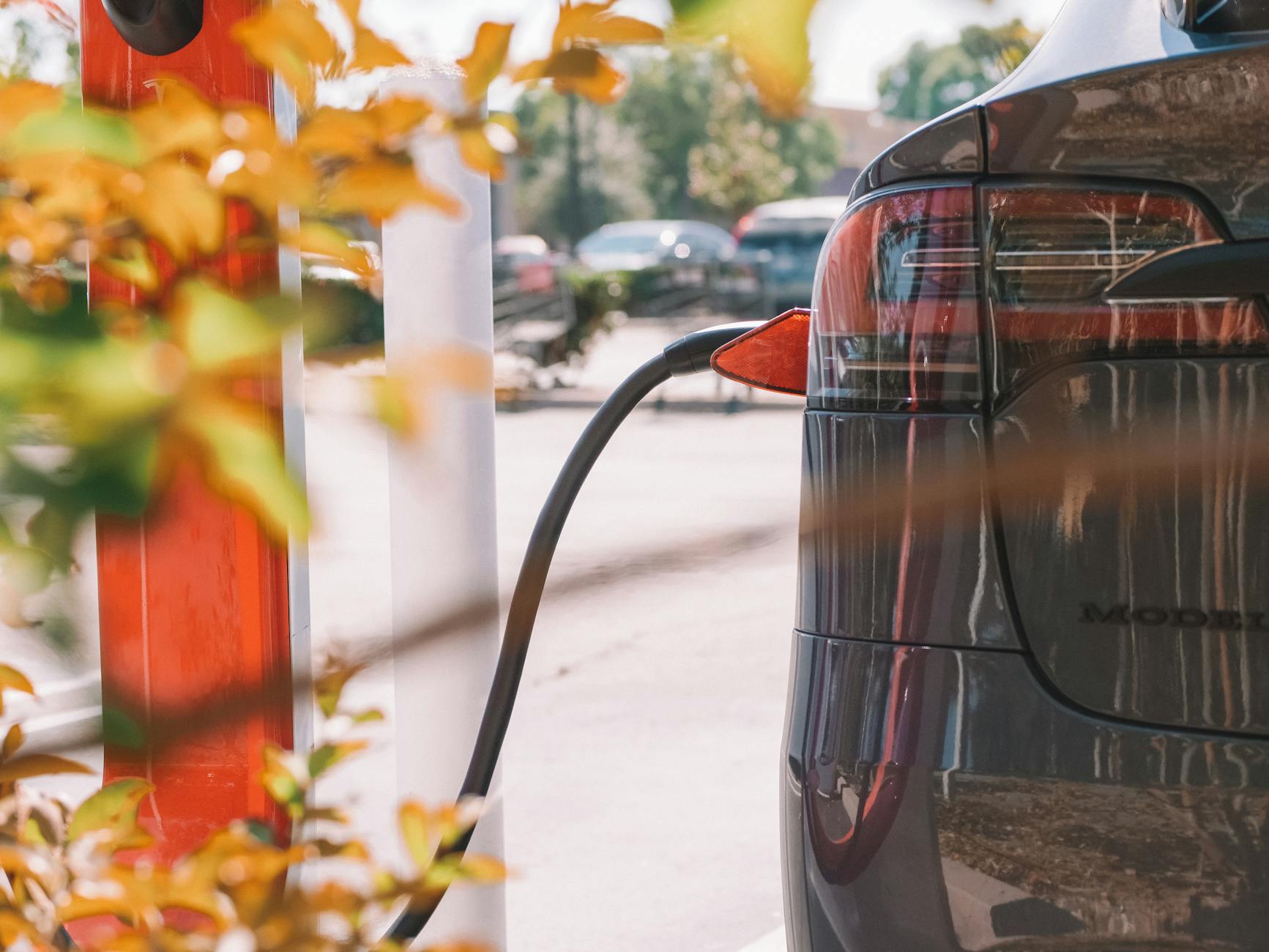
The availability of EV charging stations in the USA has come a long way, but there’s still room for improvement. As we’ve explored, the current infrastructure is growing rapidly, with various tools and apps making it easier for EV owners to locate and access charging stations. However, factors such as geographic distribution, charging speed, and maintenance issues continue to affect availability and user experience.
As the EV market expands, addressing challenges in deployment and ensuring equitable access will be crucial. With ambitious expansion plans and projections in place, the future looks promising for EV charging infrastructure in the USA. By staying informed and supporting these initiatives, we can contribute to a more sustainable transportation future and make EV ownership increasingly viable for all.
